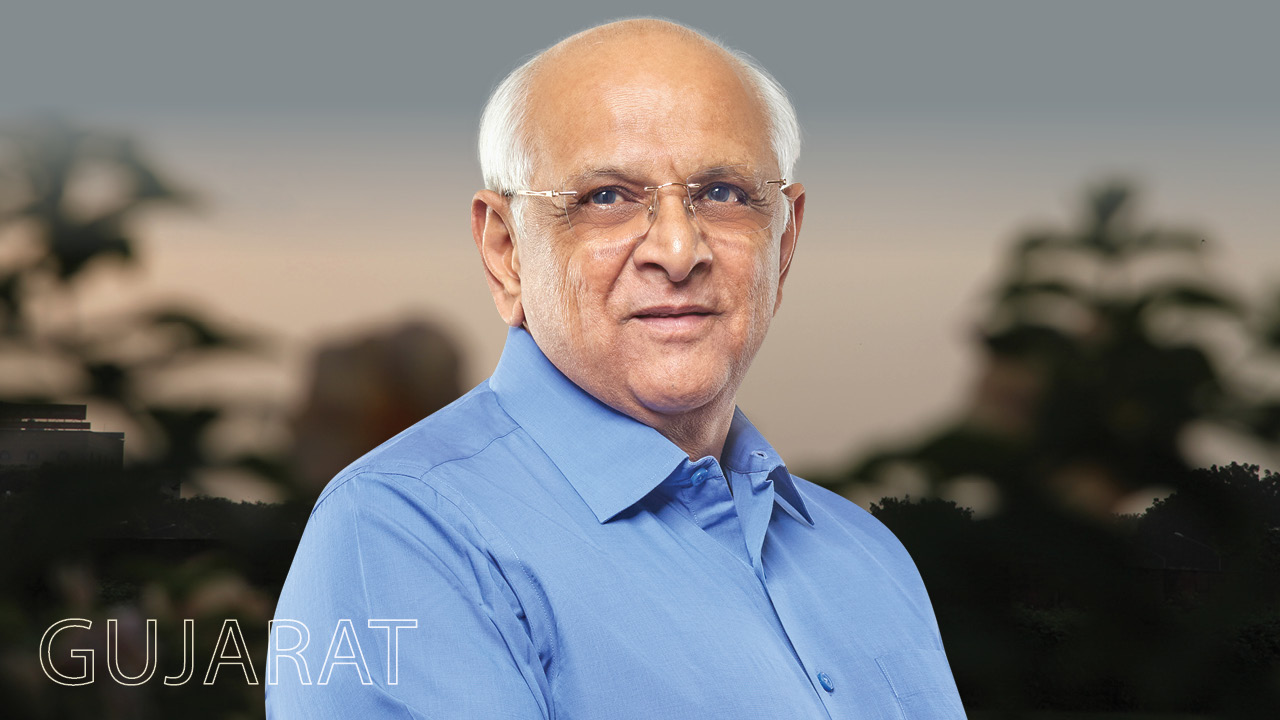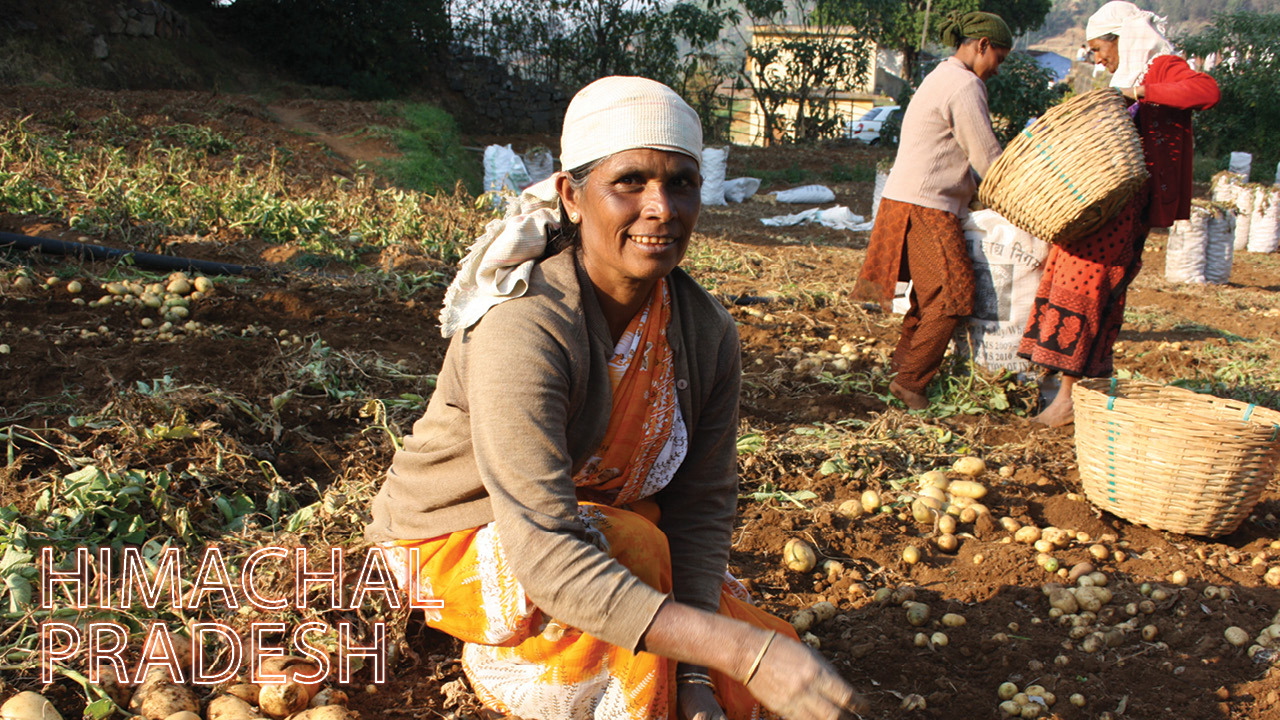Haryana ranks #17 in the SKOCH State of Governance Index 2024, reflecting modest but notable progress in several governance sectors. The state has maintained a stable presence in the middle-tier of the national rankings and recorded specific sectoral improvements, despite a relatively limited number of high-impact projects. In 2024, only seven well-performing projects from Haryana qualified for deeper evaluation—two were rated as highly impactful, and two as impactful.
This volume remains below the threshold required to place Haryana among the top 10 states, but the projects that did qualify indicate clear efforts to improve delivery in social sectors.
A closer look reveals that Haryana’s biggest gains have come in Women & Child Development, where it climbed from the 3rd to the 2nd national rank in 2024. One of the key drivers behind this improvement is the Playschools Project, launched by the Women and Child Development Department.
By converting 4,000 Anganwadis into modern, play-based learning centers and training over 25,000 Anganwadi workers, the project directly benefited 40,000 children aged 3–5 across all 22 districts. The initiative resulted in a 23-point increase in child development scores, aligning with NEP 2020 goals and serving as a replicable model for early childhood education.
The state also made strong comebacks in Education, Labour, and Water, ranking #2 in each category. In Education, the Digital Evaluation and QR/Alphanumeric Code initiative by the Board of School Education Haryana set a national precedent. By embedding hidden QR and alphanumeric codes on question papers and digitising evaluation for over 2 lakh students, Haryana significantly improved exam security and result accuracy.
This initiative ensures automatic totaling of marks, reduces human error, and has accelerated result processing timelines, offering a scalable model for examination reforms.
In the Labour category, the Labour Canteens Project stands out as a welfare-driven intervention. With 130 canteens serving 20,000 workers daily at just ₹10 per meal, and powered by 500 SHG women, the project enhances worker dignity and promotes rural women’s livelihoods. These canteens also include infrastructure for sanitation and seating, showcasing a people-first approach to informal workforce welfare.

In the Water sector, the Atal Bhujal Yojana exemplifies community-led groundwater conservation. Implemented across 1,647 Gram Panchayats, the initiative introduced micro-irrigation systems, real-time water monitoring tools, and Gram Panchayat Water Security Plans. By encouraging Direct Seeded Rice, Zero Tillage, and women’s involvement in data collection, the project has improved water-use efficiency and strengthened local governance in water management.
Furthermore, Haryana secured the 3rd position in Skill Development, highlighting a clear emphasis on empowering human capital. These sectoral performances signal a strategic focus on welfare and capacity-building. However, Haryana’s overall State of Governance rank remains constrained by a low number of well-performing projects, particularly at the district and municipal levels. SKOCH evaluation trends show that top-performing states often benefit from high volumes of such entries, coupled with consistency and innovation.
In the SKOCH State of e-Government Infrastructure Index, Haryana outperformed most large states by securing the #1 rank. It leads on digital service delivery metrics like the number of e-services (304), very high per-capita digital transactions, and an expansive tele-density. The state’s EGDI score reflects significant investments in digital inclusion and citizen-centric service architecture. Haryana’s position atop this index suggests that it has succeeded in laying a strong digital foundation for governance. Compared to other states such as Maharashtra, Andhra Pradesh, and Gujarat, which lag in e-Governance rankings despite higher governance or fiscal scores, Haryana sets an example of tech-led transformation.
In the SKOCH State of Financial Prudence Index, however, Haryana performs moderately, with a mid-tier fiscal score. While the state shows relative strength in debt-to-GSDP and fiscal deficit management, it lags in own-revenue generation and capital outlay, which limits its ability to self-finance large-scale infrastructure or social sector projects. Haryana’s dependency on central transfers, combined with modest own-tax and non-tax revenues, weakens fiscal autonomy.
Compared to fiscally stronger states like Gujarat and Maharashtra, Haryana needs to bolster its revenue capacity through improved compliance, expansion of the tax base, and diversification of non-tax income streams. This is critical for sustaining long-term capital investment without accumulating fiscal stress.
Haryana’s performance on the SKOCH State of Government Efficiency Index—computed as a combination of Governance and Finance indices—is moderate. The state’s strong digital base does not fully offset its limited fiscal elbowroom or the lower project volume.
While it shows efficiency in executing the limited projects evaluated, the state is yet to scale its governance model across sectors and regions with consistency.
The SKOCH State of Government Transformation Index, which combines Governance and e-Governance performance, shows Haryana in a favourable light. Its high e-Governance score lifts its overall transformation metric despite a limited project base.
The state reflects strong potential for systemic reforms led by technology and citizen-centric interfaces. However, unless the number of impactful governance interventions rises—especially those leveraging its digital architecture—the transformation will remain under-leveraged. Compared to states like Andhra Pradesh or Odisha, which use their digital platforms for large-scale governance impact, Haryana’s next step must be to turn digital efficiency into comprehensive administrative reach.
Finally, in the SKOCH State of Development Index—an aggregate of Governance, e-Governance, and Finance indices—Haryana ranks among the upper-middle tier but not in the top quartile. Its strength in e-Governance offsets its middling fiscal metrics and project volume, keeping it competitive against peer states such as Karnataka and Telangana. Still, for Haryana to break into the top 10 or top 5 states, it must submit a significantly higher volume of projects, particularly from district and urban local bodies, and expand its fiscal autonomy through better resource mobilisation. As seen in the cases of Maharashtra and Gujarat, a strong governance-fiscal mix backed by high project throughput correlates with higher efficiency scores. Haryana needs to follow suit by building stronger fiscal institutions and encouraging greater district and municipal participation.
Haryana has carved a clear digital and social governance identity in 2024, but its limited project scale and constrained fiscal strength cap its rankings across most composite indices. The state’s next leap forward will depend on turning its technological infrastructure and sectoral gains into deeper and broader impact through fiscal strengthening, decentralised execution, and scale-up of district-level innovations.



